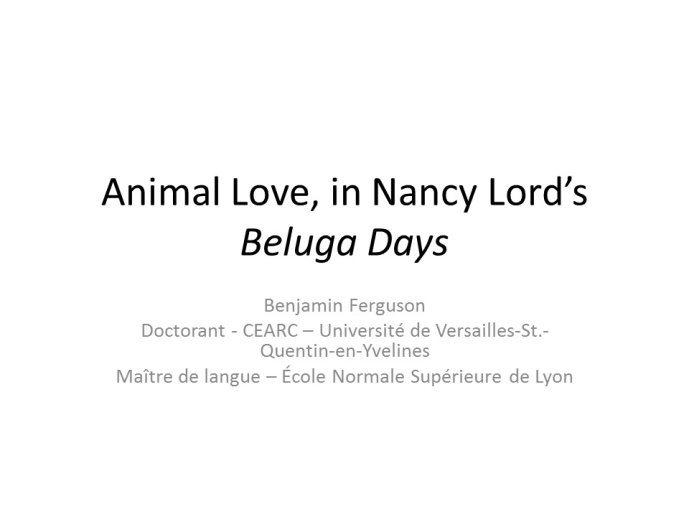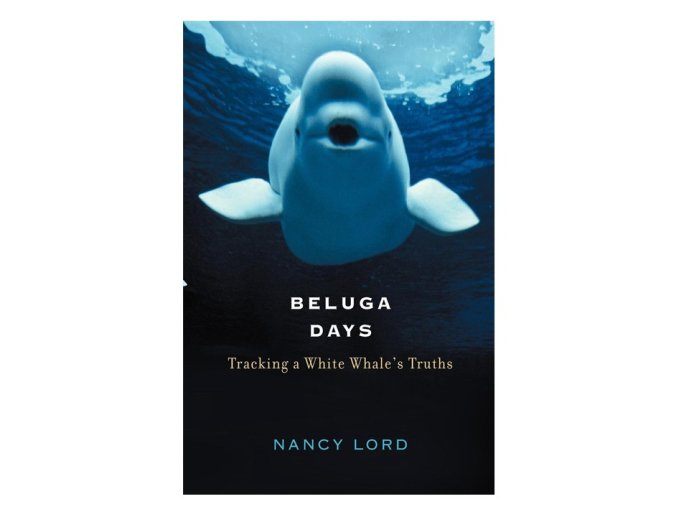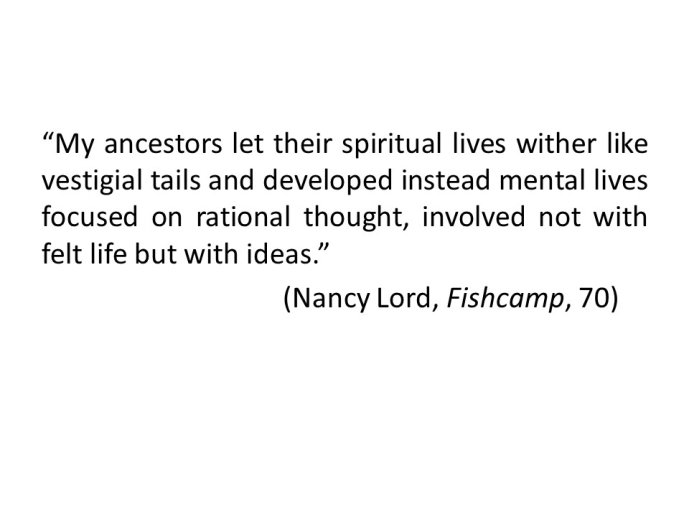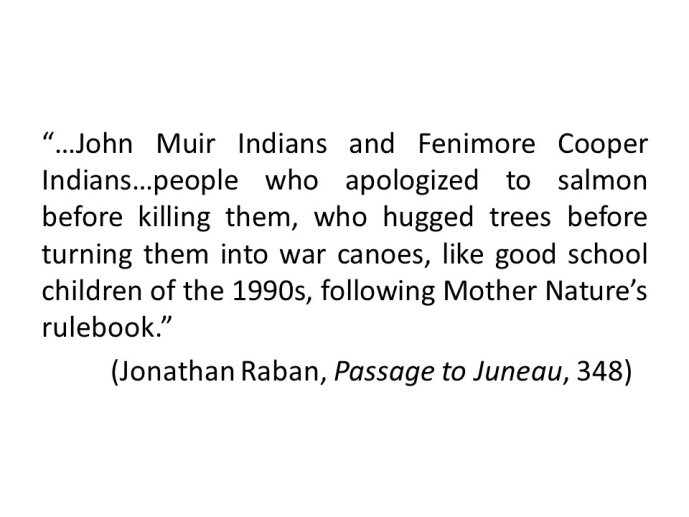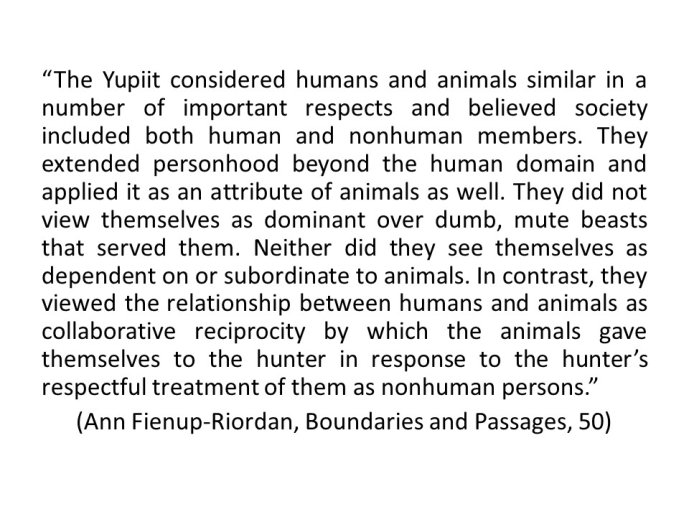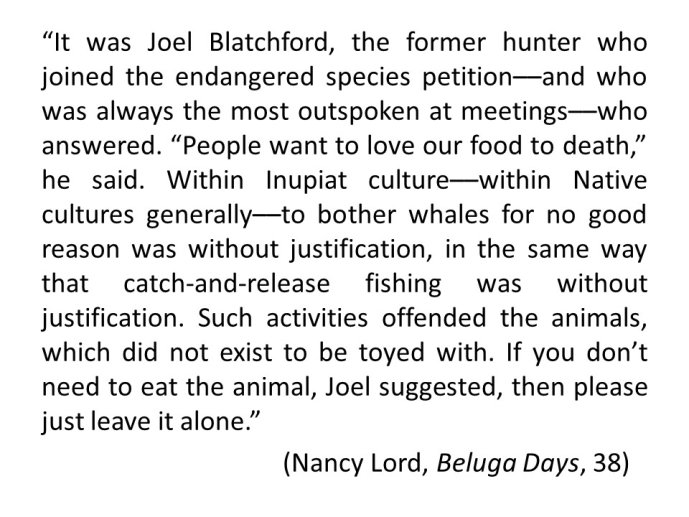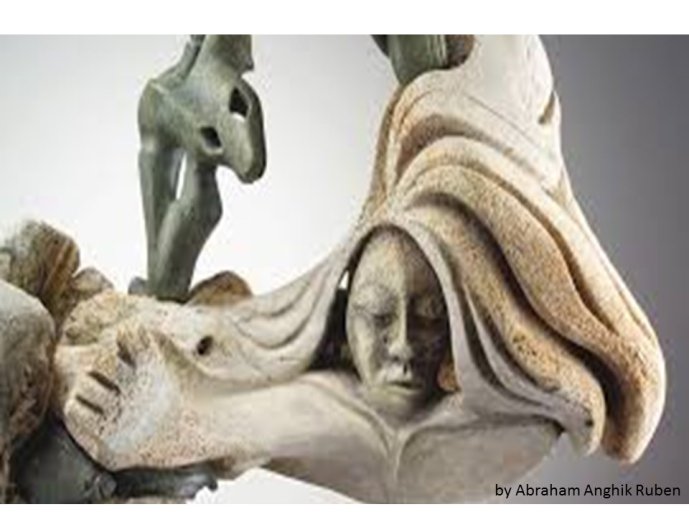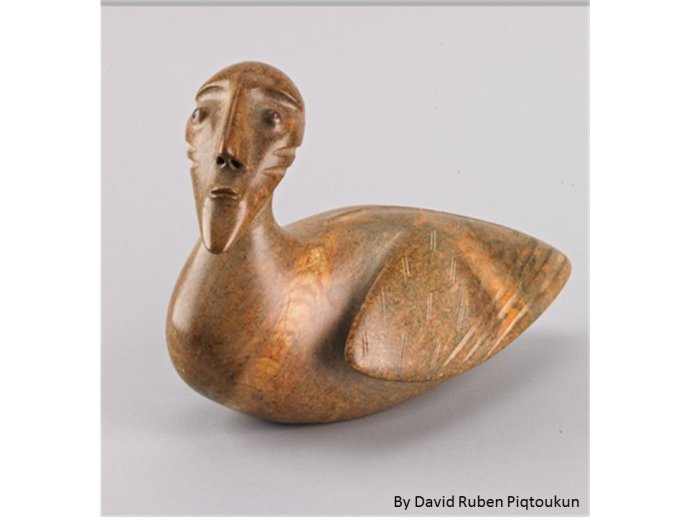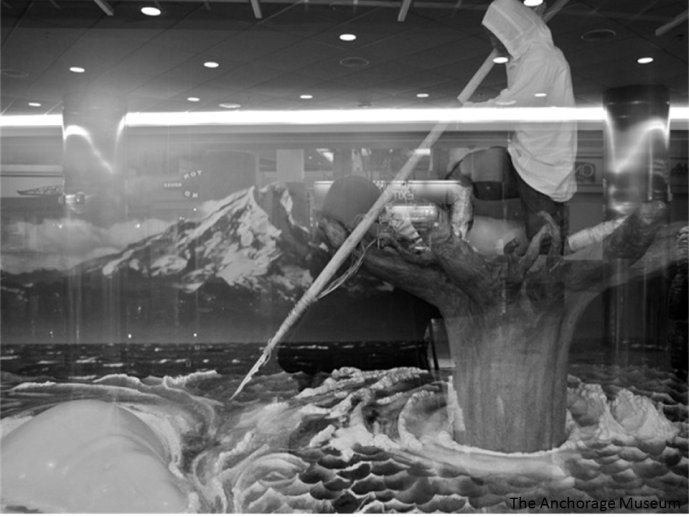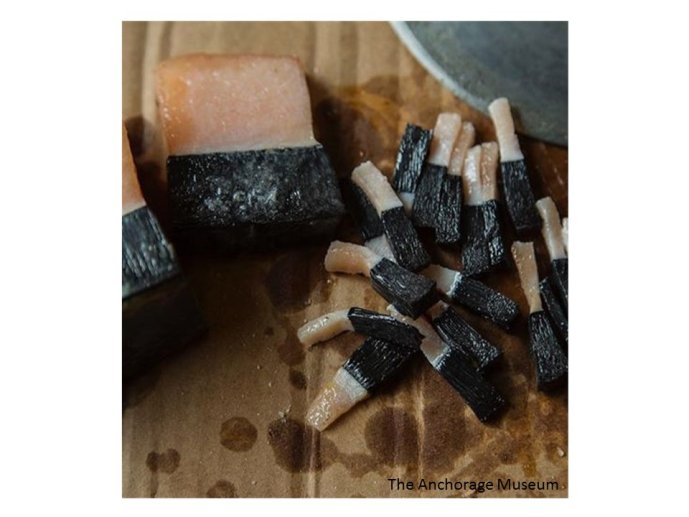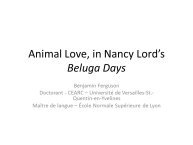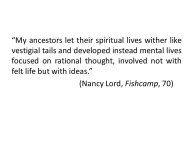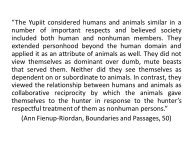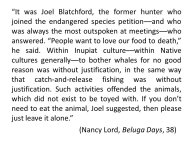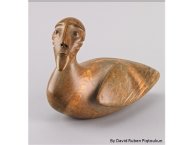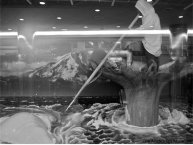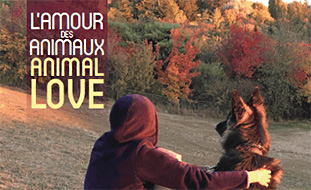Notice
Alaska Native Animal Love, in Nancy Lord's "Beluga Days" / Benjamin Ferguson
- document 1 document 2 document 3
- niveau 1 niveau 2 niveau 3
Descriptif
Alaska Native Animal Love, in Nancy Lord's Beluga Days / Benjamin Ferguson, in colloque international "L'Amour des animaux / Animal Love", organisé par leLaboratoire Cultures Anglo-Saxonnes (CAS), la Sociétéd’Étude de la Littérature de Voyage du monde Anglophone (SELVA), l'Académie des Sciences, Inscriptions et BellesLettres (ASIBL)de Toulouse, sous la responsabilité scientifique de Françoise Besson (CAS,SELVA, ASIBL), Marcel Delpoux (ASIBL, SELVA), Nathalie Dessens (CAS) et ScottSlovic (SELVA, University of Idaho, USA). Toulouse, Hôtel d'Assézat, Hôtel duMay, Université Toulouse Jean Jaurès, 20-23 mars 2019.
Atelier SELVA : Les animaux et la littérature de voyage / Animals and Travel Writing.
Alaska Natives have long maintained a markedly different viewpoint toward animals from the "European" mindset. At times, natives have been considered "noble savages," and at others they have been considered outdated in not moving past subsistence hunting. Though native communities across the Arctic have been losing connectivity with their traditions for decades, traditional ecological knowledge tends to adhere to the ostensibly antithetical position of simultaneously loving and "taking" animals. In this paper, Nancy Lord's Beluga Days will be explored in order to grasp the native viewpoint and its discomfort with the European mindset's lack of nobility in treatment of animals. At the heart of the issue are 1) what Lord calls Native uneasiness with "other people 'looking at our food'": as animals are being depleted, generally due to degradations of habitats created by outside forces, suggestions are inevitably put forth of cessation of native subsistence practices, instead promoting tourism of animal viewing, without recognition of the discomfort Native Alaskans find in what they consider to be a disrespectful practice. 2) Animals are at the heart of spiritual practice in Alaska Native culture. Ann Fienup-Riordan notes that the Yup'ik have traditionally kept the paths to their homes clear in order to invite seal to be taken by respectful families. The Inuit goddess, Sedna, is considered to be at one with sea creatures, in a worldview where shamanic shapeshifting is common and raven stole the sun to create day, and being respectful toward all living creatures in this context is necessary if one desires that animals give themselves up for nourishment. The traditional attitude of Native Alaskans, then, may essentially be understood as man being part of a biosphere and not above it, watching over it. In this mindset, there is room for respect, love, and nobility for predator and prey alike.
___
Le but de ce colloque est d’envisager l’amour des animaux, l’amour animal, l’amour pour les animaux dans sa multiplicité et sous un angle à la fois philosophique, scientifique, littéraire et artistique et en inscrivant ce thème dans la relation plus large de l’homme au monde et dans la vision environnementale et écocritique. Des espèces compagnes à la relation (l’amour ?) des animaux pour des membres de leur propre espèce ou d’espèces différentes, l’expression “l’amour des animaux” est polysémique. On pense à l’amour des chiens et chats pour leur compagnon humain et à la relation réciproque de l’attachement humain pour ces êtres non-humains qui accompagnent leur vie, au chien qui accompagne son ami humain jusqu’à la tombe et va y rester des jours et parfois se laissera mourir. Que dire de ce chat américain qui dans un hôpital, va dans les chambres de malades dont il perçoit avant les médecins qu’ils vont mourir bientôt et les accompagne jusqu’à leur dernier souffle ? Comment définir son rôle gratuit et étrange d’accompagnateur qui va leur permettre le passage en leur offrant une présence amie et rassurante ?
L’amour des animaux, c’est à la fois l’amour de l’être humain pour le monde animal, l’amour -ou tout autre sentiment auquel il conviendra de réfléchir- de l’animal pour l’être humain et l’amour des animaux entre eux ; l’amour pour tout souffle de vie ; l’amour de la chatte pour ses petits, le geste de l’hippopotame tentant de sauver l’antilope de la gueule du crocodile, les soins d’une bande de chats des rues en Argentine sauvant un enfant perdu en lui apportant de la nourriture et en le réchauffant jusqu’à ce qu’il soit retrouvé. Est-ce de l’amour ? Est-ce un instinct de survie ? Une empathie inexplicable ? Comment définir la notion d’amour des animaux ? Ces gestes de tendresse, de compassion ou d’empathie du monde animal peuvent-ils être rattachés à l’amour ou sont-ils des gestes instinctifs de sauvetage de quelque espèce que ce soit visant à prolonger la présence animale sur la terre ?
The aim of this conference is to consider animal love in its multipicity, from a philosophical, scientific and literary angle at the same time, by inscribing the theme in the wider relationship of man with the world and in the environmental and ecocritical vision as well. From companion species to the love of animals for members of their own species or of other species, the phrase “animal love” is polysemous. We first think about the love dogs and cats have for their human companions and about the reciprocal relationship of attachment of human beings for those nonhuman companions accompanying parts of their lives; we can think about the dog following his human companion’s coffin and accompanying him/her to the grave, staying there days and nights and sometimes dying there. What can we say of the American cat who, in a hospital, goes into dying people’s rooms, knowing before doctors that those people are going to die and accompanying them until their last breath? How can we define her gratuitous, strange role as a companion, allowing them to pass away while offering them a friendly, reassuring presence?
Animal love is both the human being’s love for an animal or several animals and the love—or any feeling we could associate with love—of the animal for the human being and the love of animals for one another. Can we consider the gesture of a hippopotamus for the antelope that he tries to rescue from the crocodile’s teeth, staying with her head in its mouth until her last breath, as love? What about the behaviour of a group of street cats in Argentina, who saved a lost human infant by giving him food and lying on him so that he did not die of cold in the night, until the day when he was found. Is this love? Is it some survival instinct shared with those who are threatened? Is it some unexplainable empathy? How can we define the notion of animal love? Could those gestures of apparent tenderness, compassion or empathy of the animal world be qualified as love—could they be linked with love or are they instinctive rescuing gestures made by whatever species to prolong the animal presence on the Earth?
Thème
Documentation
Bibliographie sélective
> Voir la bibliographie (à télécharger en pdf) dans l'onglet "Documents".
Liens
Le site internet de l'Académie des Sciences Inscriptions et Belles Lettres de Toulouse (ASIBL)
Le website de la Société d'étude de la littérature de voyage du monde anglophone (SELVA)
Le web site de Nancy Lord
Bibliographie colloque "Animal Love" (UT2
mars 2019)
Dans la même collection
-
Animal Cause. Contemporary Chalenges in Brazilian Society / Zelia Monteiro Bora
BoraZélia MonteiroAnimal Cause. Contemporary Chalenges in Brazilian Society / Zelia Monteiro Bora, conférence plénière in colloque international "L'Amour des animaux / Animal Love", organisé par le Laboratoire
-
Le chien truffier dans sa relation affective avec l'homme, son maître, son ami / Pierre Sourzat
SourzatPierreLe chien truffier dans sa relation affective avec l'homme, son maître, son ami / Pierre Sourzat, conférence plénière
-
Toward werewolf diplomacy: Cross-species kinship and ecopoetics in "Animal Dreams" and "Prodigal Su…
MeillonBénédicteToward werewolf diplomacy: Cross-species kinship and ecopoetics in "Animal Dreams" and "Prodigal Summer" by Barbara Kingsolver / Bénédicte Meillon
-
"Brown dog of the Yaak" and "Colter" by Rick Bass or a tribute to human-dog companionship / David L…
LatourDavidBrown dog of the Yaak and Colter by Rick Bass or a tribute to human-dog companionship / David Latour
-
L'homme et le chat : une histoire et un avenir communs ? (Des origines à l'Intelligence artificiell…
VercruyceBernardL'homme et le chat : une histoire et un avenir communs ?
-
Animaux réels et fantastiques dans l'art médiéval de la région Occitanie / Guy Ahlsell de Toulza
Ahlsell de ToulzaGuyAnimaux réels et fantastiques dans l'art médiéval de la région Occitanie / Guy Ahlsell de Toulza
-
De la raison à la passion pour les dinosaures et l'énigme des grandes extinctions / Marcel Delpoux
DelpouxMarcelDe la raison à la passion pour les dinosaures et l'énigme des grandes extinctions / Marcel Delpoux, conférence plénière
-
Amour-Haine ou l'ambiguïté de la relation serpentine / Pierre Lile
LilePierre C.Amour-Haine ou l'ambiguïté de la relation serpentine / Pierre Lile
-
Les loups et les ours : une histoire d'amour difficile
López MújicaMontserratpar Montserrat López Mújica
-
Le siècle de "Winnie l'Ourson" / Yves Le Pestipon
Le PestiponYvesLe siècle de Winnie l'Ourson / Yves Le Pestipon, conférence plénière
-
L'amour offert aux animaux que l'on dresse : stratagème ou complicité ? / Olivier Courthiade
CourthiadeOlivierL'amour offert aux animaux que l'on dresse : stratagème ou complicité ? / Olivier Courthiade

